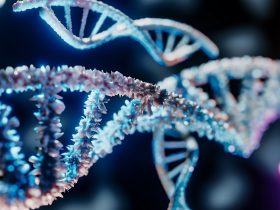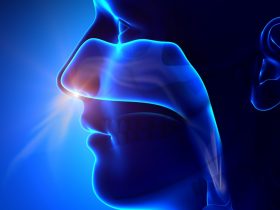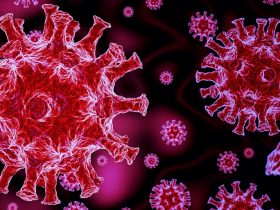According to a new study presented at the 2023 American Rhinologic Society, Combined Otolaryngology Spring Meeting (ARS-COSM) in Boston, Massachusetts (May 4-5), Immunoglobulin G4-related disease (IgG4-RD) should be considered in the differential for a new sinonasal mass, particularly in patients with a long-standing history of chronic rhinosinusitis (CRS), have a history of multiple head and neck lymphadenopathies, or with other IgG4 organ involvement,
Chronic rhinosinusitis (CRS) is a common inflammatory disease that causes nasal discharge, swollen sinuses, and pain. It has a prevalence of 12% in the United States and is known to accompany IgG4-RD in 10-50% of patients. IgG4-RD is an autoimmune disorder characterized by chronic inflammation affecting various organs in the body. The exact cause of IgG4-RD is still unknown; however, it is believed to have an abnormal immune response where the body produces high IgG4 antibodies leading to tissue damage.
Symptoms of IgG4-RD vary depending on the affected organ but commonly include swelling, pain, and dysfunction. There is no standard treatment protocol for sinonasal IgG4-RD; however, topical or systemic steroids are used as first-line treatment and are effective in 98% of patients. In addition, immunosuppressants (e.g., rituximab) are used in recurrent or refractory diseases.
The research team investigated the relationship between eosinophilic CRS and IgG4-RD disease in a patient with long-standing CRS and IgG4-RD presented with orbital and sinus involvement.
The 43-year-old male patient presented to the clinic with 12 weeks of left periorbital edema, facial edema, and reduced sensation in the left V2 distribution. His medical history included environmental allergies, well-controlled asthma, and long-standing CRS with nasal polyps managed through several antibiotics, steroids, and saline rinses.
In addition, the patient reported no serious event or trauma; however, he claimed left ocular pruritus, intermittent visual disturbances, epiphora, fatigue, bilateral nasal congestion, night sweats, intermittent rhinorrhea, and weight loss of 35 lbs.
Initial diagnoses revealed that both orbital and sinus contents included IgG4-positive plasma cells, with sinus contents being more prominent for eosinophilic inflammation, before that, the patient had undergone orbital decompression and biopsy with pathology consistent with IgG4- RD. Moreover, he had undergone multiple lymph node biopsies, submandibular gland biopsies, and functional endoscopic sinus surgery (FESS) for CRS in the past without a conclusive diagnosis.
Despite appropriate management with topical and oral steroids and monoclonal antibodies for his diagnosis, his chronic sinus symptoms returned, and he underwent revision FESS. The patient has been doing well and decided to continue the topical nasal steroid rinses treatment.
“ Our case suggests that sinus content biopsies might be useful for the histological diagnosis of IgG4-RD. the authors wrote “ Based on both our experience and the current literature, IgG4-RD should be considered in the differential diagnosis with refractory chronic sinusitis “, the authors further added.
The authors of the study are Galit Almosnino, MD; Akash Halagur, BS; Ryan E. Little, MD from Dartmouth Geisel School of Medicine, Dartmouth Hitchcock Medical Center, New Hampshire, USA.
Reference:
Almosnino G; Halagur A; Little R. The Relationship Between Eosinophilic Chronic Rhinosinusitis and IgG-4 Related Disease, ARS-COSM. May 4-5, 2023.







